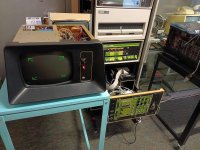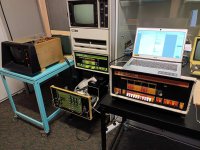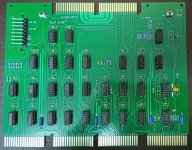vrs42
Veteran Member
Sintered nylon parts are definitely very porous and prone to picking up all sorts of grime. I've had some luck soaking them in "floor finish" to create a finish that is less absorbent and easier to keep clean.
Now, if JLPCB would just fix their input filters to take all correct STL files...
Vince
Now, if JLPCB would just fix their input filters to take all correct STL files...
Vince







